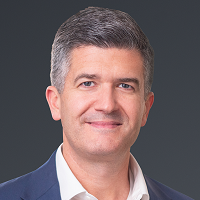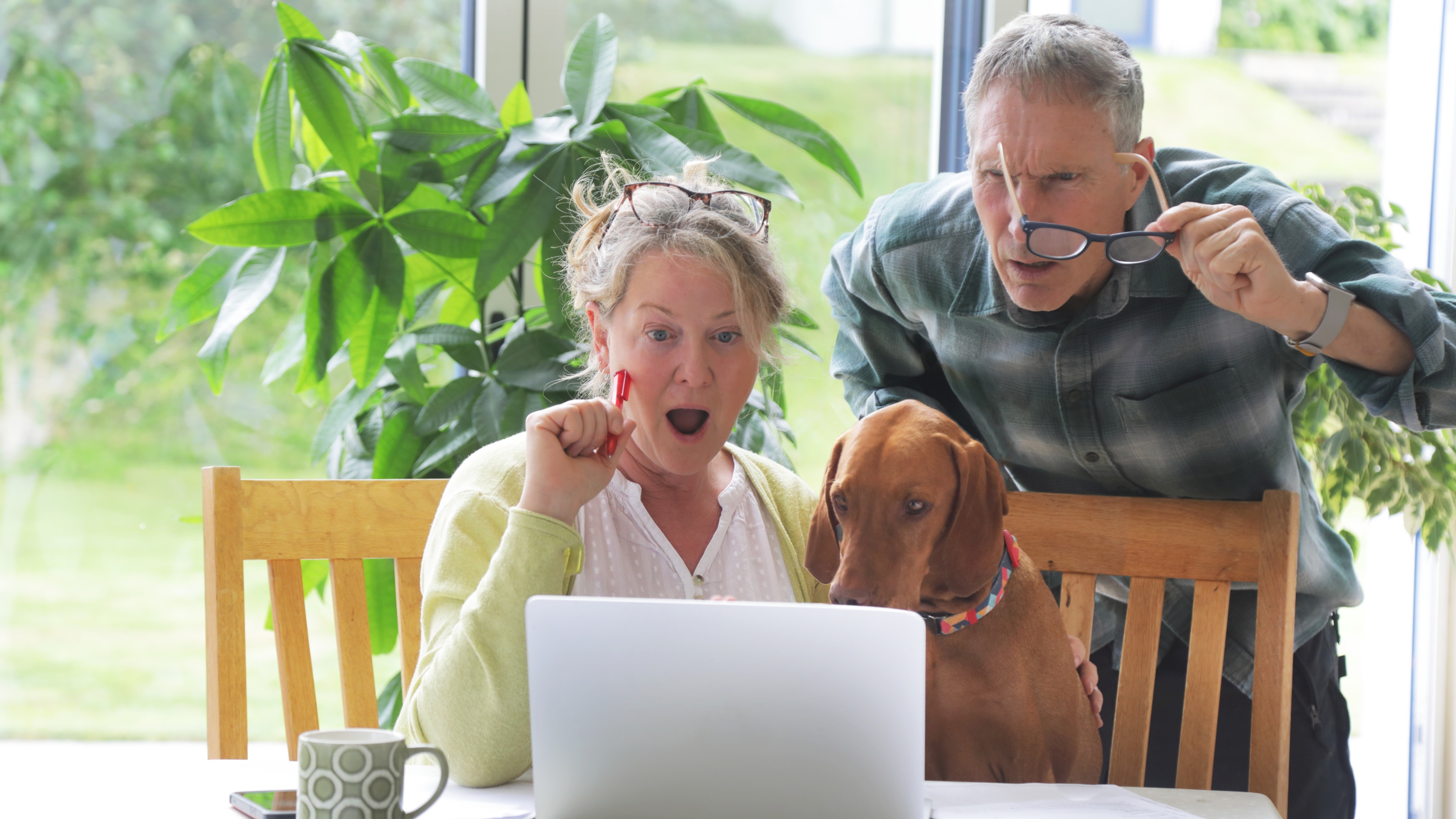Five Tax Strategies to Preserve Your Retirement Savings
From Roths to HSAs to creative Social Security timing, retirees have many options to minimize their taxes. You might be surprised what a difference it can make.


Building and preserving wealth for retirement requires both a smart investment plan and a thoughtful tax strategy. Many overlook or undervalue retirement tax planning techniques until it’s too late. These techniques can enhance your investment growth and stretch your dollars, allowing you to maximize your wealth and peace of mind.
With that goal in mind, below are five strategies we talk about with clients in our regular planning conversations:
1. Maximize your retirement and health savings contributions
Taking full advantage of the contribution limits for retirement and health savings accounts (HSAs) is a foundational tax strategy. You can do so by making the maximum contributions to your accounts — including traditional IRAs, 401(k)s and 403(b)s — while you are working. This allows you not only to increase your retirement savings but also to shield a portion of your income from taxes.
From just $107.88 $24.99 for Kiplinger Personal Finance
Become a smarter, better informed investor. Subscribe from just $107.88 $24.99, plus get up to 4 Special Issues

Sign up for Kiplinger’s Free Newsletters
Profit and prosper with the best of expert advice on investing, taxes, retirement, personal finance and more - straight to your e-mail.
Profit and prosper with the best of expert advice - straight to your e-mail.
HSAs allow you to defer taxes while setting aside funds for future medical expenses. The 2024 limit is $4,150 for individuals and $8,300 for families. You can also make a $1,000 catch-up contribution to your HSA if you are 55 to 65 — or even beyond that, if you are still working and haven’t signed up for Medicare or started taking Social Security.
2. Make Roth contributions and consider Roth conversions ahead of sunsetting tax cuts
Making post-tax retirement contributions into Roth IRAs or Roth 401(k)s is a great way to save for retirement. If you can afford it, we recommend maximizing these contributions while you are working.
Roth IRAs can be a smart solution to protecting more of your wealth from taxes, and they can be especially beneficial right now. The stage is potentially set for tax hikes when the Tax Cuts and Jobs Act (TCJA) expires at the end of 2025. Converting all or a portion of traditional IRAs to Roth accounts now lets you pay taxes at today’s relatively low rates and enables you to continue securing future tax-free income and growth on those assets. Roth conversions can be an especially effective technique if you are currently retired with a relatively low income before you are required to take distributions from retirement accounts.
3. Defer distributions from retirement accounts and Social Security until age limits
If possible, build up enough funds in your taxable accounts while you are working so that you can defer withdrawing from your pretax retirement accounts until you are required to do so, which today is at the age of 73.
Likewise, if you are healthy, wait to collect Social Security benefits until at least your full retirement age, and if possible, consider waiting until 70. Your benefit payment will be higher the longer you delay your start date, which sets the base for the benefits you'll receive for the rest of your life.
4. Make charitable gifts with appreciated stock or QCDs
Charitable donations can offer considerable tax advantages while also enabling you to support meaningful causes. With proper planning, you can align philanthropy with your tax minimization objectives.
Charitable giving can directly reduce your taxable income but still offers benefits even after your earning years. For immediate deductions during retirement, consider making direct contributions to charities through channels like donor-advised funds and gifts-in-kind of appreciated shares.
You can also make qualified charitable distributions (QCDs) from IRAs to causes you care about. IRA owners aged 70½ or over can exclude up to $105,000 of QCDs from their gross income per year (or $210,000 per year if both spouses meet the age minimum). Starting at age 72 (or 73 if you turn 72 after December 31, 2022), you can also use QCDs from IRAs to lower the taxability of your required minimum distributions (RMDs).
5. Plan ahead to have a liquidity reserve for early retirement years
It is important to plan ahead for those early retirement years when you have no income from wages and before retirement account distributions are required. A smart tax strategy is to prepare those taxable accounts for withdrawals by ensuring your investment allocation is tilted toward liquid and preservation assets, ideally tax-free municipal bonds or dividend-paying stocks.
These investments will provide a stream of tax-efficient income as well as the ability to trim or sell positions without fear of market volatility dramatically reducing the value of your portfolio. It can be incredibly reassuring in early retirement years when you are feeling vulnerable from a loss of income to have a few years of reserve in portfolio assets primed for safety and liquidity for when you need it.
In addition, it can be helpful to work with a financial adviser who is mindful of investing and trading your portfolio in a tax-conscious manner. For taxable accounts, they should select investments that are tax efficient, with low turnover, and be mindful to actively harvest tax losses to offset capital gains to reduce your overall tax burden. Less tax-efficient investments are better held in retirement accounts, especially post-tax Roth accounts. In retirement, asset location can be as important as asset allocation.
Saving for retirement is as much about being disciplined to set aside funds and invest them well as being smart with tax strategies to further preserve your wealth. Of course, there are other strategies to save on taxes, like living in or moving to a tax-friendly state. As you consider retirement, it can give you great peace of mind to think early and often about saving, investment, and tax strategies so you can feel the most prepared as possible as you reach this milestone in your financial life.
Related Content
- 13 States That Don't Tax Retirement Income
- Retirees: Want to Keep Your Money? Make a Tax Plan
- Three Ways to Reduce Taxes on Your Investment Earnings
- Roth Conversions: Convert Everything at Once or as You Go?
- Many Retirees Don’t Know About This Major Market Risk: Do You?
Profit and prosper with the best of Kiplinger's advice on investing, taxes, retirement, personal finance and much more. Delivered daily. Enter your email in the box and click Sign Me Up.

Steve Reder serves as head of wealth management for RWA Wealth Partners, which provides wealth management solutions integrated seamlessly with tax, estate and family office services. Prior to RWA Wealth Partners, Steve was a vice president at Goldman Sachs, where he had a joint role as region manager of GS Personal Financial Management and head of FinLife, Goldman’s white label wealth management offering.
-
 Holiday Tax Scams: 'Tis the Season to be Wary
Holiday Tax Scams: 'Tis the Season to be WaryTax Scams Navigating tax tricks of the holiday season may be daunting, but don't let that destroy your festive spirit
-
 Metro by T-Mobile Is Giving Away This Samsung Galaxy A16: Which Plans Are Eligible?
Metro by T-Mobile Is Giving Away This Samsung Galaxy A16: Which Plans Are Eligible?Metro by T-Mobile is offering free Samsung Galaxy A16 phones on eligible plans right now. Here’s how the deal works.
-
 I Drive and Collect Classic Cars: Here’s How I Got Started
I Drive and Collect Classic Cars: Here’s How I Got StartedAre classic cars a hobby or an investment strategy — or both? Either way, the vintage car scene is much cooler and more affordable than you think.
-
 Metro by T-Mobile Is Giving Away This Samsung Galaxy A16: Which Plans Are Eligible?
Metro by T-Mobile Is Giving Away This Samsung Galaxy A16: Which Plans Are Eligible?Metro by T-Mobile is offering free Samsung Galaxy A16 phones on eligible plans right now. Here’s how the deal works.
-
 I Drive and Collect Classic Cars: Here’s How I Got in the Game Without Spending a Fortune
I Drive and Collect Classic Cars: Here’s How I Got in the Game Without Spending a FortuneAre classic cars a hobby or an investment strategy — or both? Either way, the vintage car scene is much cooler and more affordable than you think.
-
 My First $1 Million: Retired Middle School Teacher, 68, North Carolina
My First $1 Million: Retired Middle School Teacher, 68, North CarolinaEver wonder how someone who's made a million dollars or more did it? Kiplinger's My First $1 Million series uncovers the answers.
-
 The $183,000 RMD Shock: Why Roth Conversions in Your 70s Can Be Risky
The $183,000 RMD Shock: Why Roth Conversions in Your 70s Can Be RiskyConverting retirement funds to a Roth is a smart strategy for many, but the older you are, the less time you have to recover the tax bite from the conversion.
-
 A Financial Pro Breaks Retirement Planning Into 5 Manageable Pieces
A Financial Pro Breaks Retirement Planning Into 5 Manageable PiecesThis retirement plan focuses on five key areas — income generation, tax management, asset withdrawals, planning for big expenses and health care, and legacy.
-
 4 Financial To-Dos to Finish 2025 Strong and Start 2026 on Solid Ground
4 Financial To-Dos to Finish 2025 Strong and Start 2026 on Solid GroundDon't overlook these important year-end check-ins. Missed opportunities and avoidable mistakes could end up costing you if you're not paying attention.
-
 Nasdaq Leads as Tech Stages Late-Week Comeback: Stock Market Today
Nasdaq Leads as Tech Stages Late-Week Comeback: Stock Market TodayOracle stock boosted the tech sector on Friday after the company became co-owner of TikTok's U.S. operations.
-
 9 Types of Insurance You Probably Don't Need
9 Types of Insurance You Probably Don't NeedFinancial Planning If you're paying for these types of insurance, you may be wasting your money. Here's what you need to know.